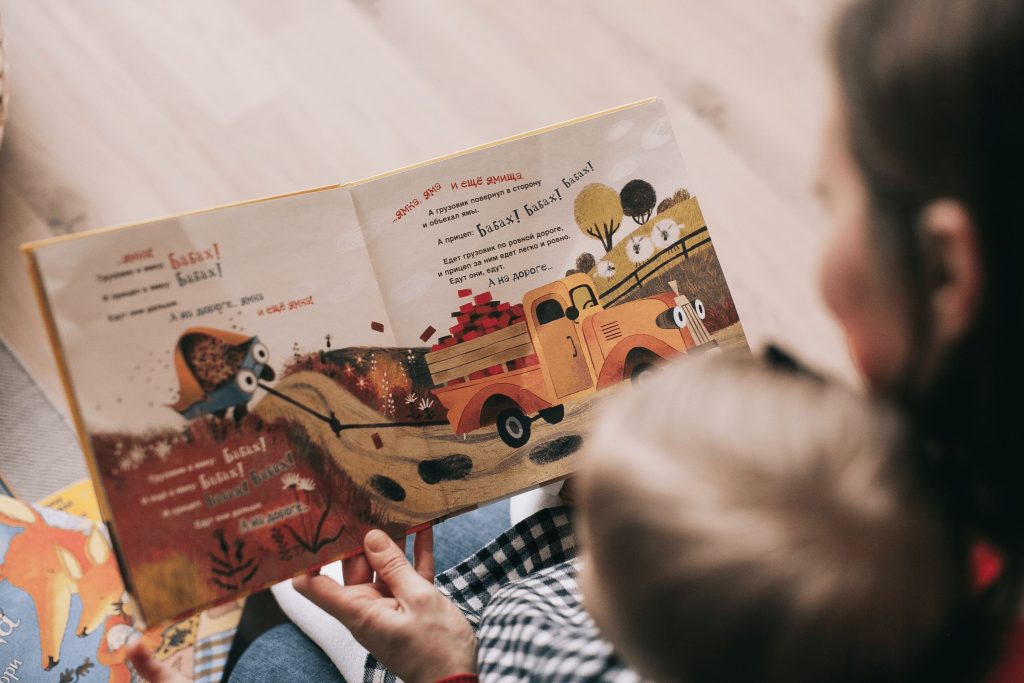Storytelling: what is it, and how do you use it correctly?
Storytelling is a technique in journalism, copywriting, and other communication options with which we can turn a simple narrative into a full-fledged story.
In our daily lives, we all come into contact with stories in some way: we tell them to friends, we listen to them from acquaintances, and sometimes we even become characters in them.
Stories are often used in advertising and podcasts to make it more interesting for the audience to delve into the product. So, how do you use storytelling correctly in your communication?

A few simple rules
The presence of structure and literary turns, such as epithets, metaphors, and hyperboles, distinguishes the story from a simple narrative. This is not the main distinguishing feature, but it is very characteristic of those who want to make an interesting story. The structure contains the beginning (the beginning), the middle (the culmination), and the end that are familiar to us—this is the simplest way to structure your stories. Another important rule of storytelling is the presence of the main character, and there can be many variations here. A person can act as the pioneer of the story (in the case of advertising, a client or, conversely, an employee), or maybe an object (for example, a product or service).
The main character, as in any other genre, must undergo a transformation, a path during which various events important to the story happen to him. If you want to use storytelling in advertising communication (even if it's about content and not direct advertising), then there is an important caveat: the events happening to your hero should be close and understandable to the target audience.
Even in the fantasy or fantasy genre, situations familiar to all of us are easily read: for example, Harry Potter finds friends, falls in love, breaks up, suffers, experiences loneliness, takes risks, and does all this against the background of magic wands, dragons, and potions. A person reading your story should be able to compare himself with the main character and understand his feelings and emotions; at the same time, it is not necessary to share them or take them personally.
So, using storytelling, check whether your story conforms to several rules:
• The presence of the beginning, middle, and end of the narrative
• The presence of the main character, who goes his way
• Events and emotions that are understandable and close to the audience
• Literary spoken language, free of dry facts and office jargon
• As an addition, an antagonist can be introduced into the story to make it more interesting.

Storytelling in Marketing
If everything is clear with literature, copywriting, and journalism, then how can storytelling be useful in marketing? The answer is very simple: you can use this technique as a content component of your plan or for direct communication with the audience.
For example, the user experience (in other words, reviews) can be clothed in a full-fledged story, where your client will become the main character. He will have a problem with which the story will begin; he will go a long way and eventually come to the solution of his questions with the help of your product. Another option is storytelling for social networks, in which you can divide your story into a whole series of posts. With this approach, you use another technique: serial narration. So, with an interesting and competent approach to content, the output of the continuation of the story will be waiting for the release of a new series.
The Sparkol portal has published the most popular options for the development of stories that can be used in the preparation of content:
• Monomif. In such a story, the main character receives an experience or lesson that affects his emotions, life views, or way of thinking.
• Comparison. In such a narrative, dreams of the ideal and reality constantly collide — the contrast on which the story is built.
• Petals. In this variant, several stories are collected around one problem.
• False start. Unusual way in which the story ends abruptly and then begins anew with new introductions.
Headings: Writing & Translation




